Home>Furniture & Design>Bathroom Accessories>What Makes Non-Slip Shoes Non-Slip
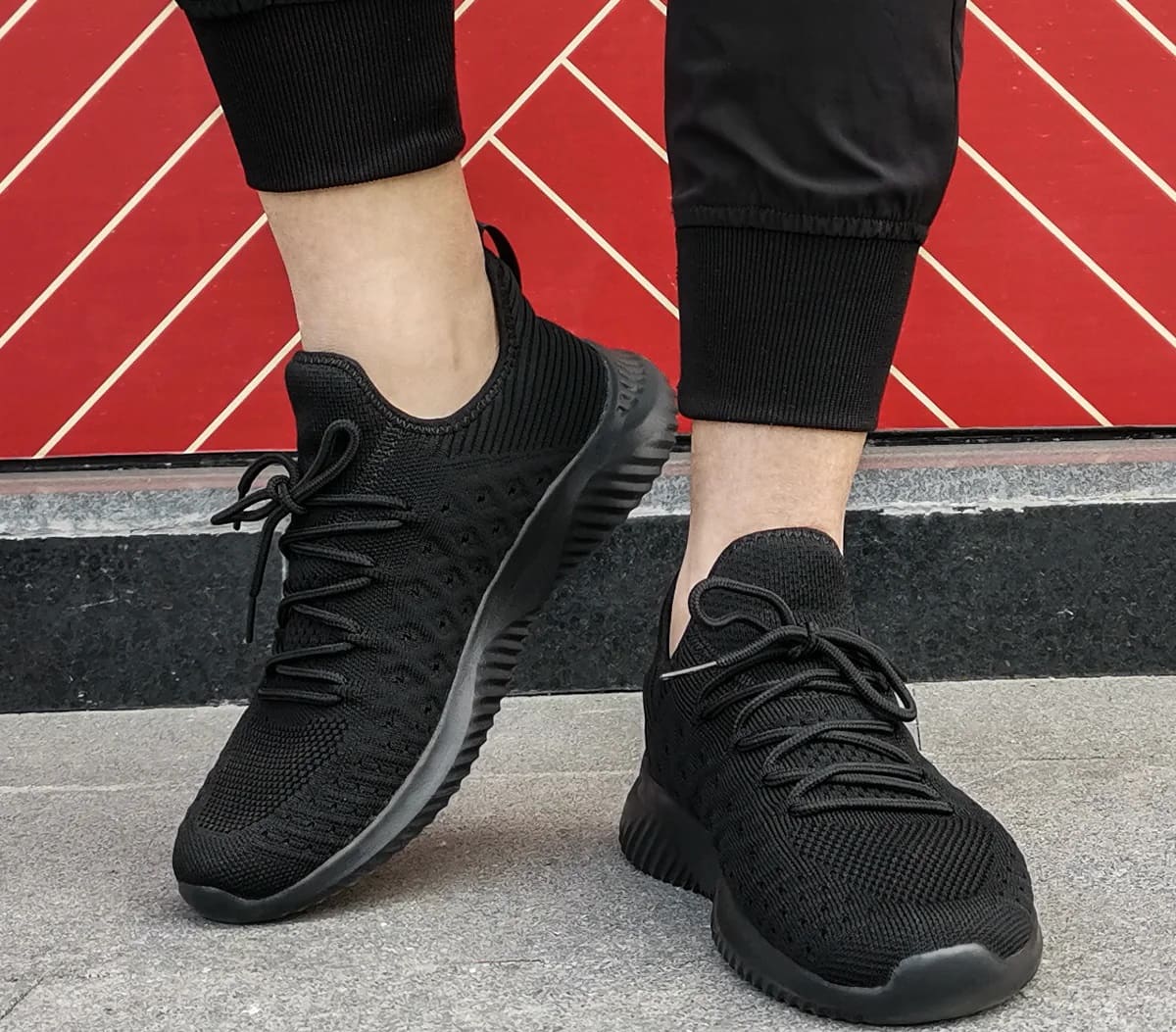

Bathroom Accessories
What Makes Non-Slip Shoes Non-Slip
Modified: October 18, 2024
Discover the key features that make non-slip shoes effective for bathroom safety. Find out how these essential bathroom accessories can prevent slips and falls.
(Many of the links in this article redirect to a specific reviewed product. Your purchase of these products through affiliate links helps to generate commission for Storables.com, at no extra cost. Learn more)
Introduction
When it comes to ensuring safety and preventing accidents in the workplace, the right footwear can make a significant difference. Non-slip shoes, also known as slip-resistant shoes, are specially designed to provide superior traction and stability on various surfaces, making them an essential protective gear for individuals working in environments prone to slippery conditions. Whether it's a bustling restaurant kitchen, a healthcare facility, or an industrial setting, non-slip shoes play a crucial role in minimizing the risk of slips, trips, and falls.
In this comprehensive guide, we will delve into the intricate details of non-slip shoes, exploring the science behind their effectiveness, the materials used in their construction, the design features that set them apart, the rigorous testing and certification processes they undergo, and the myriad benefits they offer to wearers. By the end of this article, you will gain a profound understanding of what makes non-slip shoes an indispensable asset in promoting safety and stability in diverse work environments. So, let's lace up and embark on this enlightening journey into the world of non-slip footwear.
Key Takeaways:
- Non-slip shoes use science and special materials to stop slipping, keeping workers safe in slippery places like kitchens and hospitals. They’re like superheroes for your feet!
- Non-slip shoes are comfy, tough, and help prevent injuries at work. They’re like having a safety net for your feet, so you can walk with confidence!
Read more: How To Make High Heels Non-Slip
The Science Behind Non-Slip Shoes
The exceptional traction and slip-resistant properties of non-slip shoes are not merely a result of chance or superficial design elements. Instead, they are rooted in the intricate science of friction and material engineering. Understanding the underlying scientific principles provides valuable insights into why non-slip shoes are so effective in preventing slips and falls.
Friction, the force that resists the relative motion of surfaces in contact, lies at the heart of the non-slip shoe's functionality. When walking on a slippery surface, the contact between the shoe's outsole and the ground generates friction, which counteracts the tendency for the shoe to slide. This frictional force is influenced by several factors, including the texture and composition of the outsole material, the pattern of the sole's tread, and the pressure exerted by the wearer's body weight.
The outsole material, often made of rubber compounds with high coefficient of friction, is carefully selected to maximize grip on various surfaces. These materials are engineered to provide a balance between flexibility and durability, ensuring that the outsole maintains its slip-resistant properties over time. Additionally, the tread pattern plays a pivotal role in enhancing traction. The strategic arrangement of grooves, lugs, and channels on the outsole creates multiple points of contact with the ground, increasing the frictional force and dispersing water or other liquids to prevent hydroplaning.
Moreover, the design of non-slip shoes incorporates biomechanical principles to optimize stability and balance. Features such as a wider base, supportive midsole, and cushioned insole contribute to the wearer's overall stability, reducing the risk of slipping due to loss of footing or imbalance.
In essence, the science behind non-slip shoes encompasses a sophisticated interplay of materials, tread design, and biomechanics, all working in harmony to counteract the hazards of slippery surfaces. By leveraging these scientific principles, non-slip shoes empower individuals to navigate challenging environments with confidence and safety, ultimately mitigating the potential for workplace accidents.
As we unravel the science behind non-slip shoes, it becomes evident that their effectiveness is not merely a matter of marketing claims, but a result of meticulous engineering and scientific understanding. This foundation of knowledge underscores the crucial role that non-slip shoes play in safeguarding individuals against the perils of slippery conditions, making them an indispensable asset in promoting workplace safety and well-being.
Materials Used in Non-Slip Shoes
The materials utilized in the construction of non-slip shoes are pivotal in determining their effectiveness in providing superior traction and stability. These specialized materials are carefully selected and engineered to withstand the demands of various work environments while delivering exceptional slip-resistant properties.
-
Outsole Materials: The outsole, the bottom part of the shoe that comes into direct contact with the ground, is typically crafted from high-quality rubber compounds. These compounds are formulated to exhibit a high coefficient of friction, ensuring strong grip on slippery surfaces. Additionally, the outsole materials are designed to resist abrasion and degradation, prolonging the lifespan of the non-slip shoes.
-
Tread Design: The tread pattern on the outsole plays a crucial role in enhancing traction. The strategic arrangement of grooves, lugs, and channels creates multiple points of contact with the ground, increasing the frictional force and dispersing water or other liquids to prevent hydroplaning. This thoughtful tread design is instrumental in maximizing the shoe's slip-resistant capabilities.
-
Midsole and Insole Materials: In addition to the outsole, the midsole and insole of non-slip shoes are crafted from materials that contribute to stability and comfort. EVA (ethylene-vinyl acetate) foam, a lightweight and resilient material, is commonly used in the midsole to provide cushioning and support. Meanwhile, the insole may feature cushioning materials such as memory foam or gel inserts, enhancing the wearer's comfort while maintaining stability.
-
Water-Resistant Materials: Non-slip shoes often incorporate water-resistant or waterproof materials in their construction to mitigate the effects of moisture and liquids. This feature is particularly crucial in environments where spills or wet surfaces are prevalent, such as restaurant kitchens or healthcare facilities. By repelling water, these materials help maintain the shoe's slip-resistant properties even in challenging conditions.
-
Composite Materials: Some advanced non-slip shoes may integrate composite materials, such as carbon fiber or Kevlar, to reinforce specific areas of the shoe, such as the toe cap or heel counter. These composite materials enhance the durability and impact resistance of the shoes, ensuring long-lasting protection in demanding work environments.
By meticulously selecting and combining these materials, non-slip shoes are engineered to provide a harmonious blend of slip resistance, durability, comfort, and protection. The thoughtful integration of these materials underscores the commitment to creating footwear that not only safeguards individuals against slips and falls but also withstands the rigors of daily use in diverse occupational settings.
Design Features of Non-Slip Shoes
The design of non-slip shoes encompasses a myriad of features meticulously engineered to enhance traction, stability, and overall wearer comfort. These design elements are thoughtfully integrated to create footwear that not only mitigates the risk of slips and falls but also promotes a supportive and secure experience for the wearer.
Enhanced Traction Patterns
Non-slip shoes are distinguished by their innovative tread patterns, strategically designed to maximize traction on various surfaces. The outsole of these shoes often features deep grooves, multidirectional lugs, and specialized channels that work in unison to create multiple points of contact with the ground. This intricate tread design significantly increases the frictional force, enabling the shoes to grip the surface effectively and resist slippage, even in challenging conditions.
Read more: How To Make Non-Slip Paint
Supportive Midsole Construction
The midsole of non-slip shoes plays a crucial role in providing stability and cushioning. Constructed from resilient materials such as EVA foam, the midsole offers impact absorption and support, reducing the strain on the wearer's feet and enhancing overall comfort. Additionally, the midsole is often engineered to provide arch support, promoting proper alignment and reducing the risk of fatigue or discomfort during extended wear.
Protective Toe Cap and Heel Counter
To fortify the durability and protective capabilities of non-slip shoes, many designs incorporate reinforced toe caps and heel counters. These features, often crafted from composite materials such as carbon fiber or Kevlar, serve to safeguard the vulnerable areas of the foot from impact and compression. By reinforcing these key zones, non-slip shoes offer enhanced protection, making them well-suited for demanding work environments where potential hazards are prevalent.
Water-Resistant Construction
In environments where exposure to moisture and liquids is common, non-slip shoes are engineered with water-resistant or waterproof materials. These specialized constructions prevent water ingress, ensuring that the slip-resistant properties of the shoes remain uncompromised even in wet or slippery conditions. This water-resistant design not only enhances safety but also contributes to the longevity of the footwear by protecting it from the detrimental effects of moisture.
Ergonomic Fit and Comfort Features
The design of non-slip shoes prioritizes wearer comfort and ergonomic fit. Many models incorporate features such as padded collars, cushioned insoles with memory foam or gel inserts, and breathable linings to optimize comfort during prolonged wear. Additionally, the overall design aims to provide ample toe room and a secure heel fit, promoting a stable and supportive experience for the wearer throughout the workday.
Read more: How To Make Slippers Non-Slip
Lightweight and Flexible Construction
Despite their robust and protective features, non-slip shoes are engineered to maintain a lightweight and flexible construction. This design approach ensures that wearers can move with agility and ease, without feeling encumbered by heavy footwear. The balance between protection and agility is a hallmark of non-slip shoe design, catering to the dynamic demands of various occupational settings.
In essence, the design features of non-slip shoes reflect a harmonious fusion of advanced engineering, ergonomic considerations, and a steadfast commitment to safety and wearer well-being. By integrating these innovative design elements, non-slip shoes stand as a testament to the seamless convergence of functionality, comfort, and protection, making them an indispensable asset for individuals navigating slippery work environments.
Testing and Certification for Non-Slip Shoes
The reliability and effectiveness of non-slip shoes are rigorously evaluated through comprehensive testing protocols and certification processes. These stringent assessments are designed to validate the slip-resistant properties, durability, and overall performance of the footwear, ensuring that they meet the highest standards of safety and quality.
One of the primary testing methods employed for non-slip shoes is the assessment of the coefficient of friction. This involves subjecting the shoes to standardized surfaces with varying levels of slipperiness, such as wet tiles or oily surfaces, and measuring the frictional resistance generated by the outsole. The results are meticulously analyzed to determine the shoes' ability to maintain traction and stability across different environmental conditions.
In addition to evaluating slip resistance, non-slip shoes undergo assessments for abrasion resistance, flexural strength, and impact resistance. These tests are crucial in gauging the durability and protective capabilities of the footwear, ensuring that they can withstand the demanding conditions of diverse work environments without compromising safety or performance.
Furthermore, non-slip shoes are often subjected to water resistance tests to validate their ability to repel moisture and maintain slip-resistant properties in wet conditions. This involves exposing the footwear to simulated wet environments and assessing their capacity to prevent water ingress while sustaining effective traction.
Certification bodies, such as the American Society for Testing and Materials (ASTM) and the Occupational Safety and Health Administration (OSHA), play a pivotal role in establishing industry standards for non-slip footwear. Shoes that successfully meet the stringent criteria set forth by these organizations are awarded certifications, signifying their compliance with the highest safety and performance benchmarks.
The presence of certification labels, such as ASTM F2913-11 for slip resistance, serves as a hallmark of quality and reliability, instilling confidence in wearers and employers alike. These certifications not only validate the efficacy of non-slip shoes but also provide assurance that they have undergone thorough testing and met the stringent requirements of recognized safety authorities.
By adhering to robust testing and certification processes, non-slip shoes exemplify a steadfast commitment to safety, quality, and performance. The stringent evaluations and industry certifications underscore the pivotal role of non-slip footwear in safeguarding individuals against the hazards of slippery conditions, making them an indispensable asset in promoting workplace safety and well-being.
Benefits of Non-Slip Shoes
Non-slip shoes offer a multitude of benefits that extend far beyond their primary function of preventing slips and falls. These specialized footwear options are designed to enhance safety, promote comfort, and mitigate workplace hazards, making them an invaluable asset in various occupational settings. Here are the compelling benefits of non-slip shoes:
Enhanced Safety
The foremost advantage of non-slip shoes is their ability to significantly reduce the risk of workplace accidents related to slippery surfaces. By providing superior traction and stability, these shoes empower individuals to navigate challenging environments with confidence, minimizing the likelihood of slip-related injuries. Whether in bustling restaurant kitchens, healthcare facilities, or industrial workspaces, the enhanced safety offered by non-slip shoes is instrumental in safeguarding the well-being of workers and patrons alike.
Read more: How To Make Socks Non-Slip
Injury Prevention
Slips, trips, and falls are among the leading causes of workplace injuries, often resulting in debilitating consequences for individuals and substantial costs for businesses. Non-slip shoes play a pivotal role in preventing such incidents, thereby reducing the incidence of sprains, fractures, and other injuries associated with precarious footing. The proactive prevention of workplace injuries not only fosters a safer and more secure environment but also contributes to improved productivity and employee morale.
Comfort and Support
In addition to their safety benefits, non-slip shoes prioritize wearer comfort and support. Many models feature cushioned insoles, arch support, and ergonomic designs that promote foot health and reduce fatigue during extended periods of wear. The incorporation of breathable materials and lightweight constructions further enhances wearer comfort, ensuring that individuals can perform their duties with ease and agility while benefiting from the protective features of the footwear.
Regulatory Compliance
For businesses operating in industries where workplace safety regulations are stringent, the adoption of non-slip shoes is often a crucial aspect of compliance. By providing employees with certified slip-resistant footwear, employers demonstrate their commitment to upholding safety standards and mitigating occupational hazards. This proactive approach not only fosters a culture of safety within the workplace but also mitigates the risk of regulatory penalties and liabilities associated with preventable accidents.
Versatility and Durability
Non-slip shoes are designed to withstand the diverse demands of occupational environments, offering versatility and durability that align with the dynamic nature of modern workplaces. Whether facing wet, oily, or slick surfaces, non-slip shoes maintain their effectiveness, providing reliable traction across various conditions. Furthermore, the robust construction and high-quality materials ensure that these shoes endure the rigors of daily use, offering long-term protection and value for wearers.
Read more: How To Make Stairs Non-Slip
Confidence and Peace of Mind
Ultimately, the benefits of non-slip shoes culminate in instilling confidence and peace of mind for individuals working in environments where slippery conditions pose a constant threat. By donning reliable and certified slip-resistant footwear, wearers can approach their tasks with assurance, knowing that they are equipped with the necessary protection to navigate potential hazards. This sense of confidence not only enhances individual well-being but also contributes to a culture of safety and empowerment within the workplace.
In essence, the benefits of non-slip shoes extend far beyond their surface-level functionality, encompassing a holistic approach to safety, comfort, and regulatory compliance. By embracing these benefits, individuals and businesses alike can foster environments that prioritize well-being, productivity, and peace of mind, making non-slip shoes an indispensable investment in workplace safety.
Conclusion
In conclusion, non-slip shoes stand as a testament to the seamless convergence of advanced engineering, scientific understanding, and a steadfast commitment to safety and well-being in the workplace. These specialized footwear options are not merely a product of superficial design elements but are intricately woven with the principles of friction, material engineering, and ergonomic considerations. The science behind non-slip shoes underscores their effectiveness in mitigating the hazards of slippery surfaces, empowering individuals to navigate diverse work environments with confidence and stability.
The meticulous selection and integration of materials, including high-friction outsole compounds, water-resistant constructions, and supportive midsole and insole materials, exemplify the dedication to creating footwear that offers a harmonious blend of slip resistance, durability, comfort, and protection. The design features of non-slip shoes, such as enhanced traction patterns, protective reinforcements, and ergonomic fit, further reinforce their role as a reliable safeguard against workplace accidents.
Moreover, the rigorous testing and certification processes that non-slip shoes undergo validate their reliability and performance, instilling confidence in wearers and employers alike. By meeting the stringent criteria set forth by industry standards and certification bodies, these shoes exemplify a steadfast commitment to safety, quality, and regulatory compliance.
The benefits of non-slip shoes extend far beyond their primary function of preventing slips and falls. From enhanced safety and injury prevention to comfort, regulatory compliance, and durability, these specialized footwear options offer a comprehensive approach to promoting workplace well-being and productivity. By embracing the benefits of non-slip shoes, individuals and businesses can foster environments that prioritize safety, confidence, and peace of mind.
In essence, non-slip shoes serve as an indispensable investment in workplace safety, offering a compelling blend of functionality, comfort, and regulatory compliance. As individuals lace up their non-slip shoes and step into their respective work environments, they can do so with the assurance that they are equipped with reliable protection against the perils of slippery conditions. Ultimately, non-slip shoes stand as a cornerstone of safety, empowering individuals to tread with confidence and stability in the ever-evolving landscape of occupational settings.
Frequently Asked Questions about What Makes Non-Slip Shoes Non-Slip
Was this page helpful?
At Storables.com, we guarantee accurate and reliable information. Our content, validated by Expert Board Contributors, is crafted following stringent Editorial Policies. We're committed to providing you with well-researched, expert-backed insights for all your informational needs.
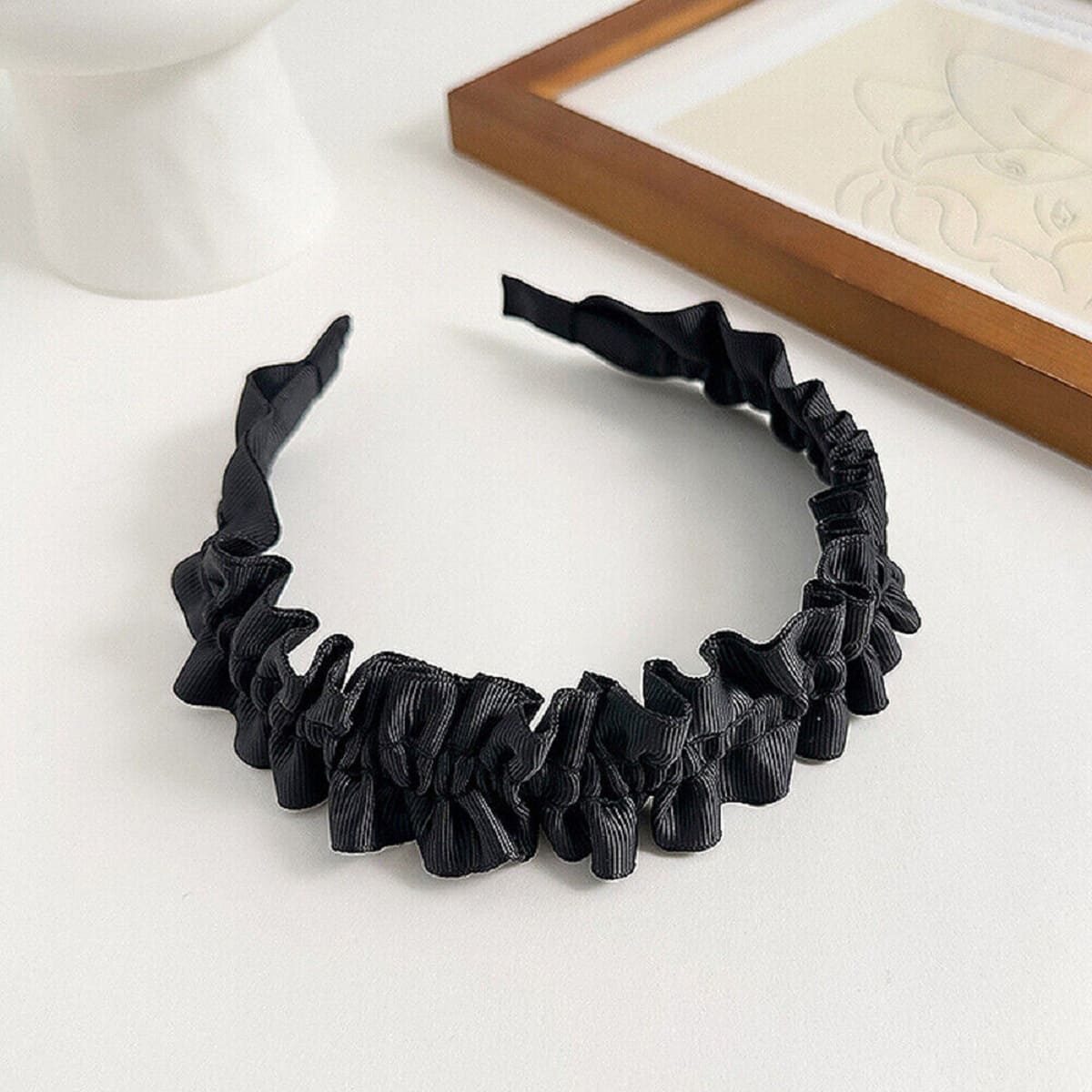

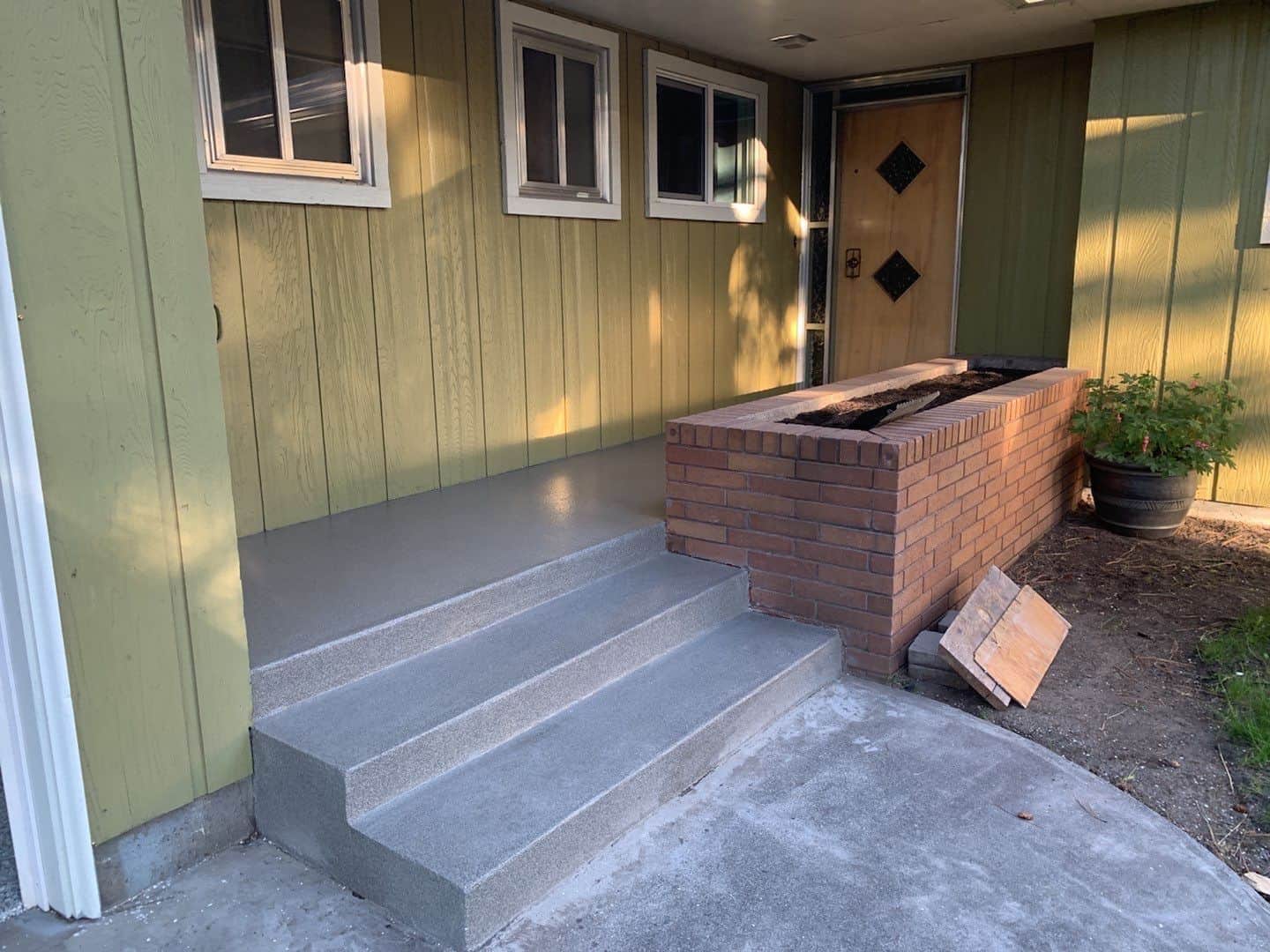
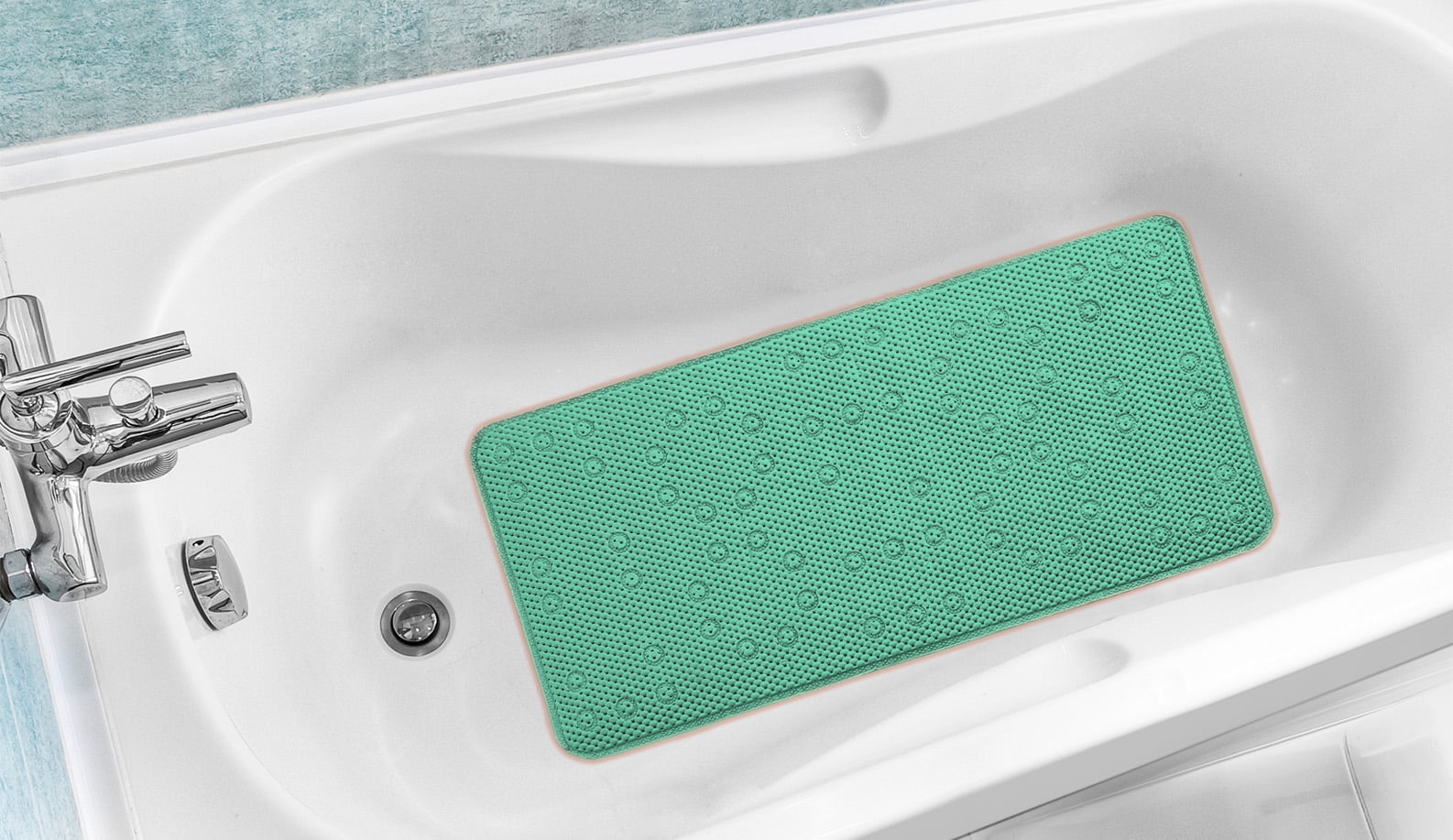
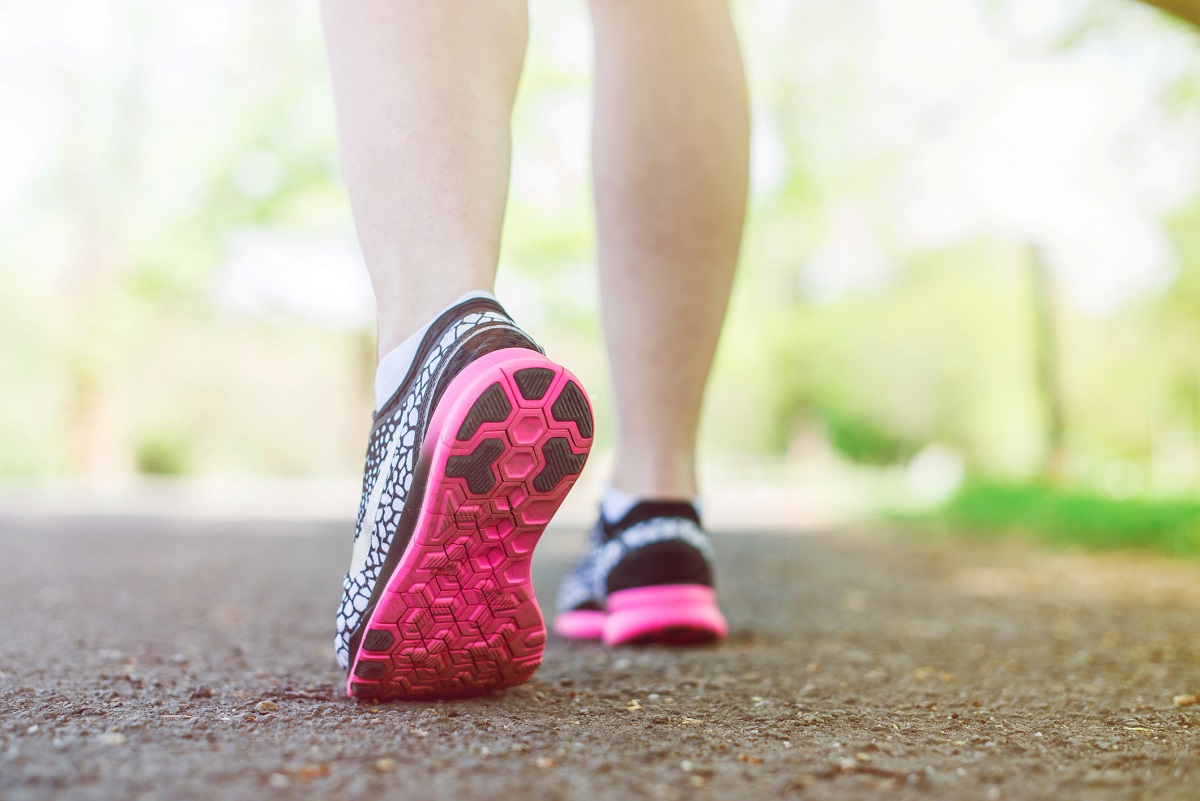
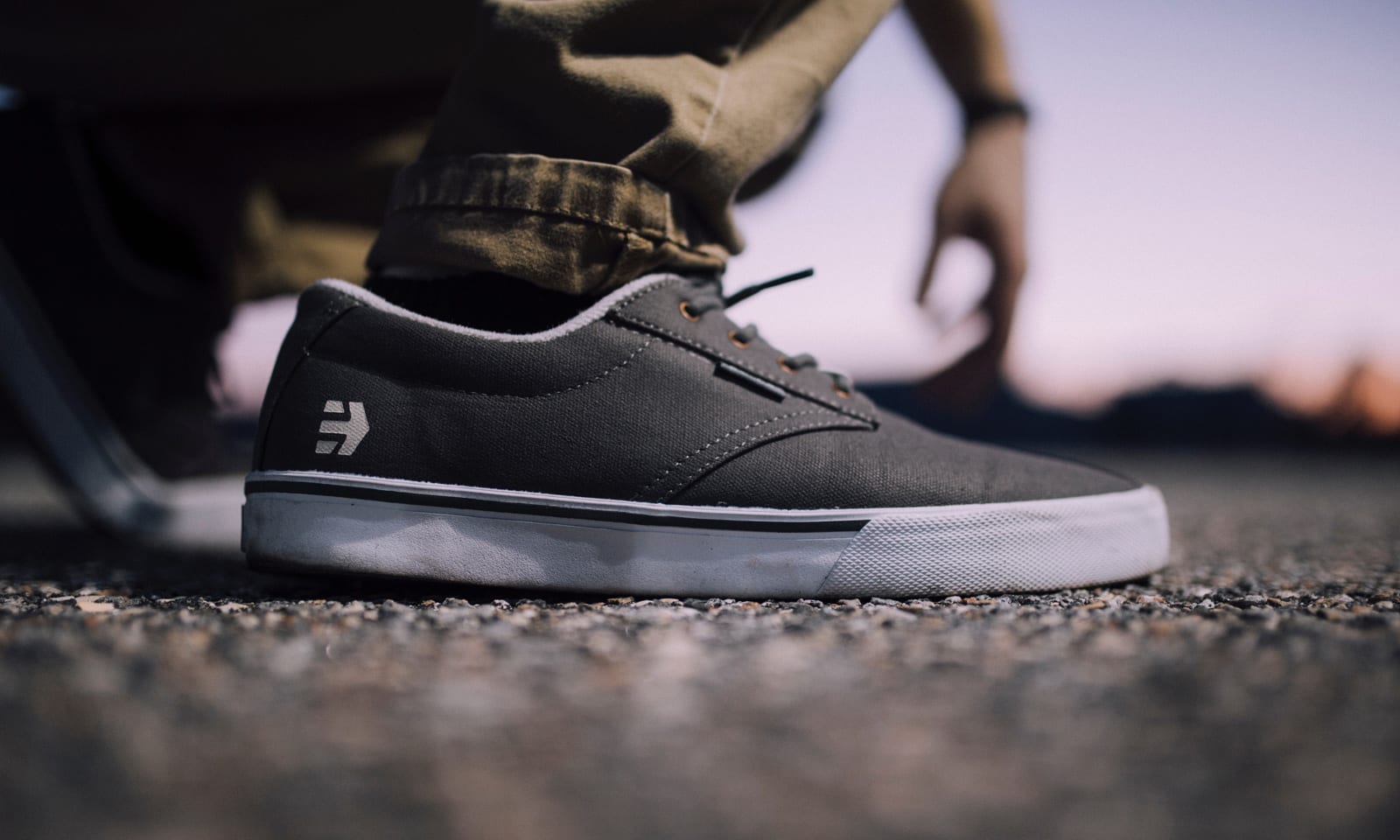
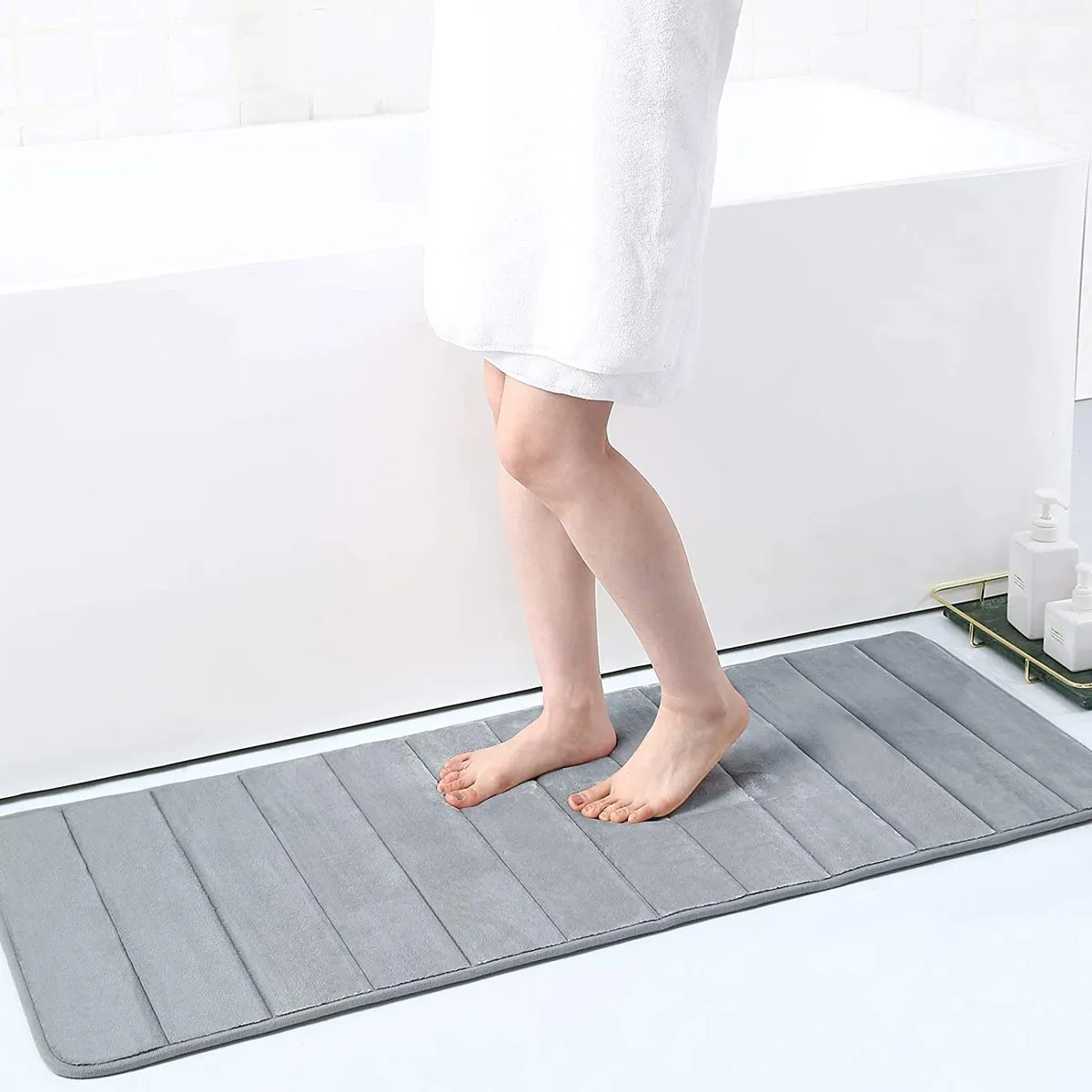
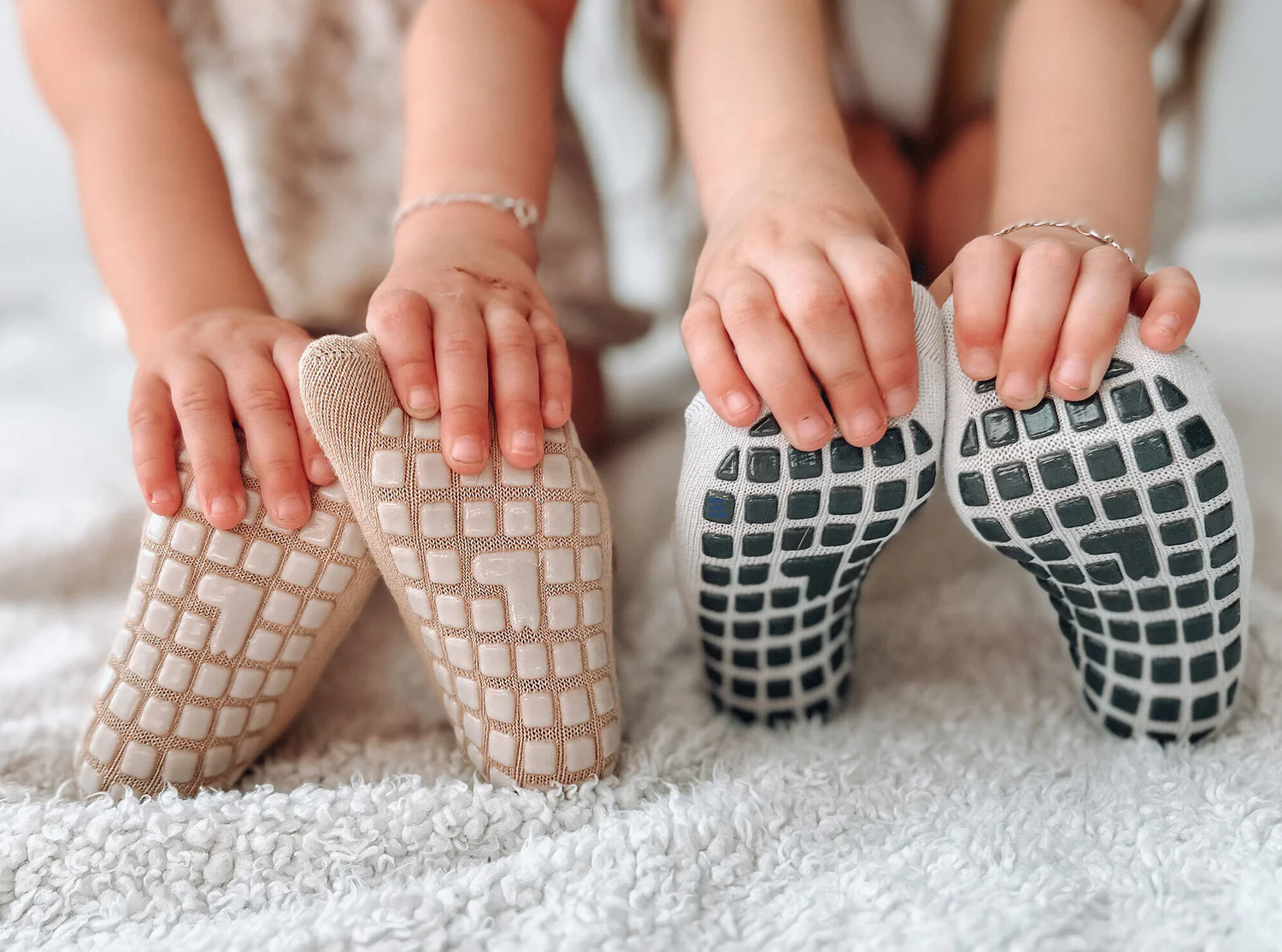
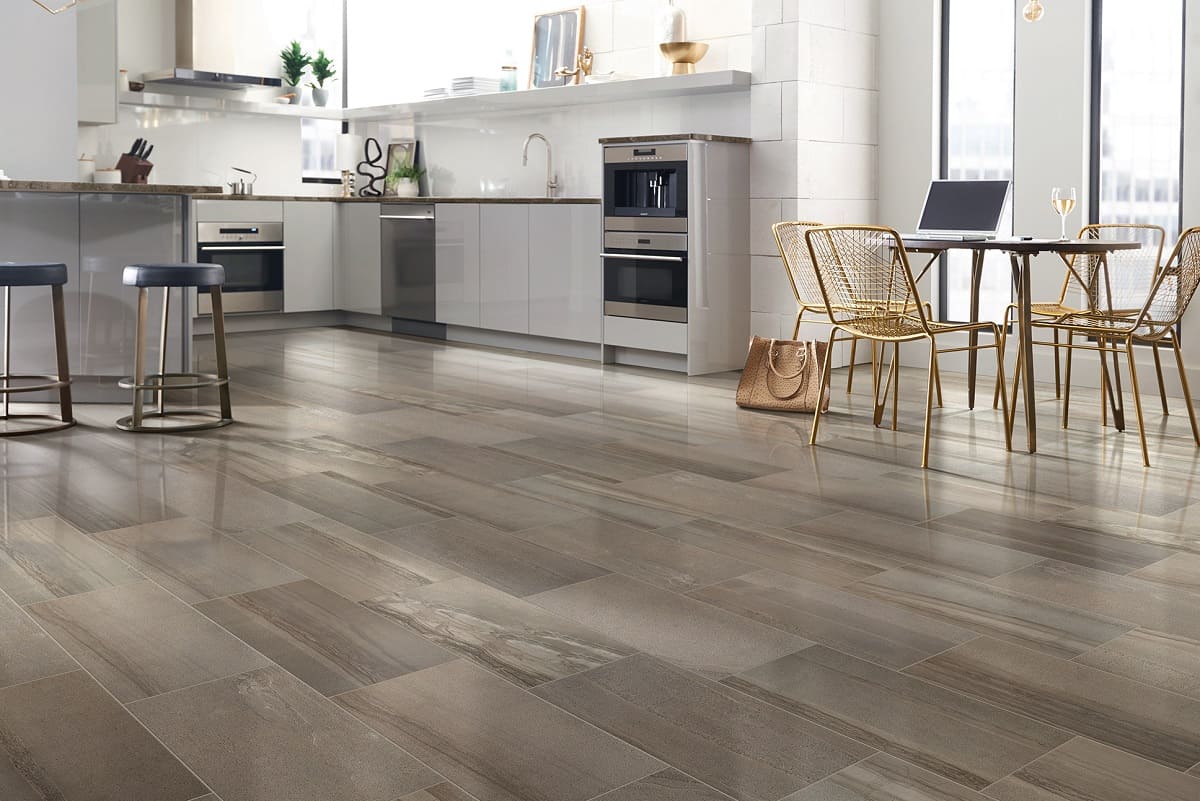
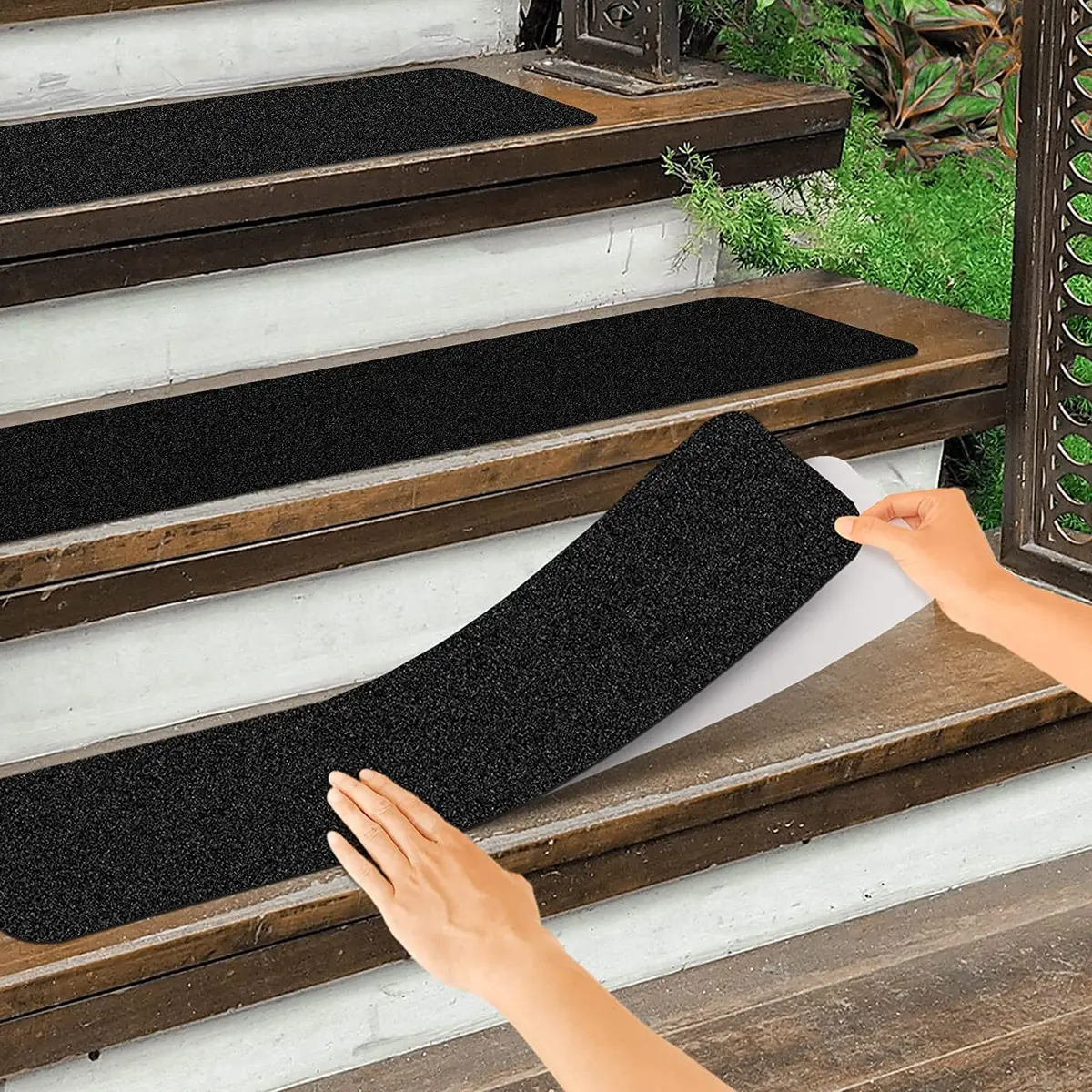
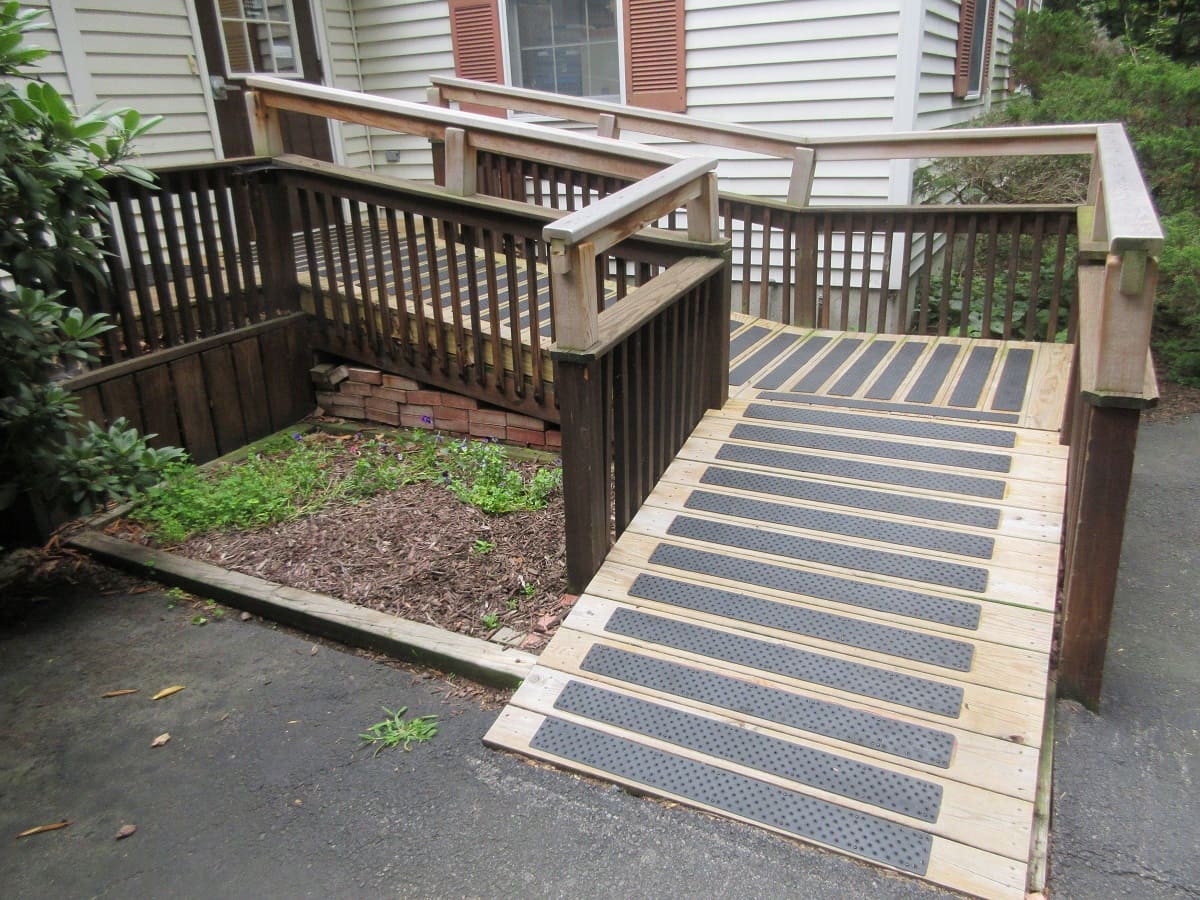

0 thoughts on “What Makes Non-Slip Shoes Non-Slip”